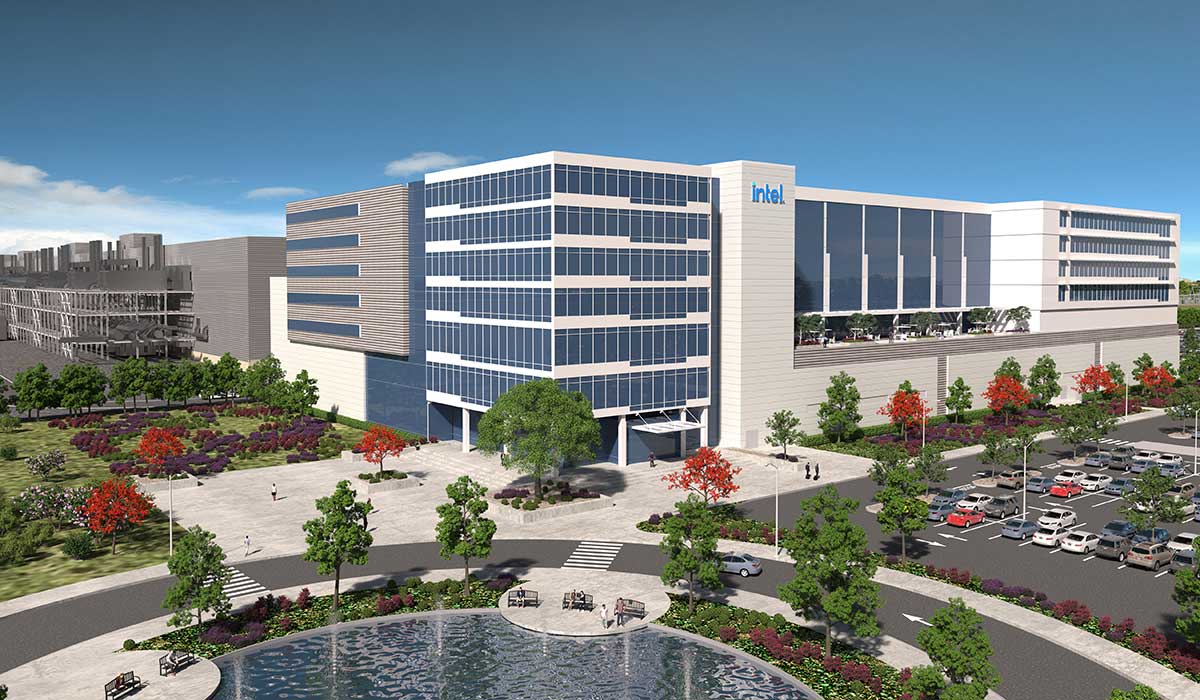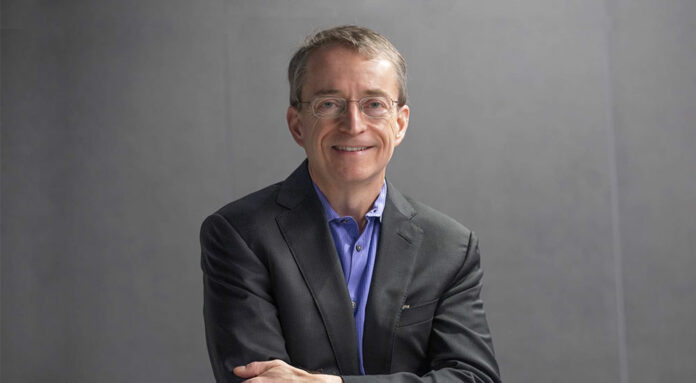In a wide-ranging interview with EMEA press last week, Intel boss, Pat Gelsinger, fielded questions on numerous topics related to manufacturing, sales, and technology. Stoking genuine passion was the final question asked by Club386, with us wondering how Intel plans to safeguard against ongoing massive investment in global chip manufacturing during a time of declining sales and gloomy outlook.
Don’t judge me on quarterlies
Special mention and ire were reserved for Wall Street, with Gelsinger commenting on the market’s reaction to short-term financials. “It takes you four years to build a fab. Can I decide on this quarter’s financial outlook on if I’m going to make a four-year investment or not. No!,” railed the boss, his voice laced with frustration. “[Wall Street] you’re having a bad quarter, Intel, can you go forward on your capital expenditure plans for the second half of the decade? That’s like the most inane question!”
“You have to make long-term decisions. Let’s put this in context for a second. You don’t get one penny of revenue for the first four years of building a fab, on a $20bn investment. The fab doesn’t even break even for another year or 18 months after that. Not a penny of profit until year six. You can’t make those decisions based on quarterly cycles. You have to have the conviction of the strategy and vision that you’re on when looking out at the second half the decade.”
Emphasising the scale of investment required for cutting-edge fabs, Gelsinger alluded to a total $30bn stake at one site, including technology and tools, before perceived profit starts rolling in at year six. That’s heck of a gamble to take, and Gelsinger is under no illusions about the risk involved. “That’s pretty crazy [referring to $30bn], how do run that kind of business? You’d better run it with a view of what the demand opportunities are for the second half of the decade.”
And therein lies the rub. Wall Street wants to see great numbers now, though Intel knows fruition from its manufacturing vision and IDM 2.0 strategy won’t pay off for many years to come.
“Now you know my dilemma. I talk to Wall Street analysts quarterly, who have never run anything, asking me about results and investment bets I’m making,” continued the Intel boss. Divergent views which, reading between the lines, means Gelsinger isn’t overly concerned with Intel’s current stock price of $25.77.
Building for double the TAM
So, why is Intel betting big on the future of manufacturing when being in the fabrication business costs tens of billions of dollars and has significant implied risk?
Most analysts agree the market for semiconductors will grow from today’s $600bn to well over a trillion dollars by the end of the decade. Gelsinger’s long-term manufacturing strategy is underpinned on this notion of a rapidly expanding TAM (Total Available Market) during the next few years, citing need for huge, calculated investment now, with due knowledge of the time taken to ensure plants are fully operational and capacity is booming.

“There are exactly three companies on the planet who have the ability to build leading-edge process technologies. I’m one of them, and I’m the only western one,” opined Gelsinger, without naming TSMC and Samsung as the other two protagonists.
This is where Gelsinger is betting the proverbial farm that his strategy of accelerating manufacturing development by shoehorning five nodes in four years can pay off. “Geographic resilience, balance and capacity corridors will ensure Intel wins lots of foundry customers,” further reinforcing the merits of the IDM 2.0 strategy.
If you build it, they will come
Making no bones about who Intel is targeting for large-scale foundry manufacturing in the near future Gelsinger rolled off a who’s who of the tech world. “Imagine if you’re Cristiano [Amon] at Qualcomm, Jensen [Huang] at Nvidia, Tim [Cook] at Apple; Intel has the best transistors, capacity available, so you can design the best product with Intel.”
Mr Gelsinger struck a confident tone in his belief of Intel becoming a manufacturing powerhouse again. “Do you want to build a better iPhone, Tim? It gets really simple if I have the best technology, so it’s real important we execute on that five nodes in four years strategy.”
Understood in this context and related to Europe, the staggeringly huge investments in Magdeburg, Germany, continued multi-billion-dollar expansion in Ireland, and rumoured investments in Vigasio, Italy, are necessary parts of this decade-long vision of becoming the foundry leader in a trillion-dollar business. Gelsinger’s storied Intel career and legacy will be defined by whether his bold strategy pays off.

